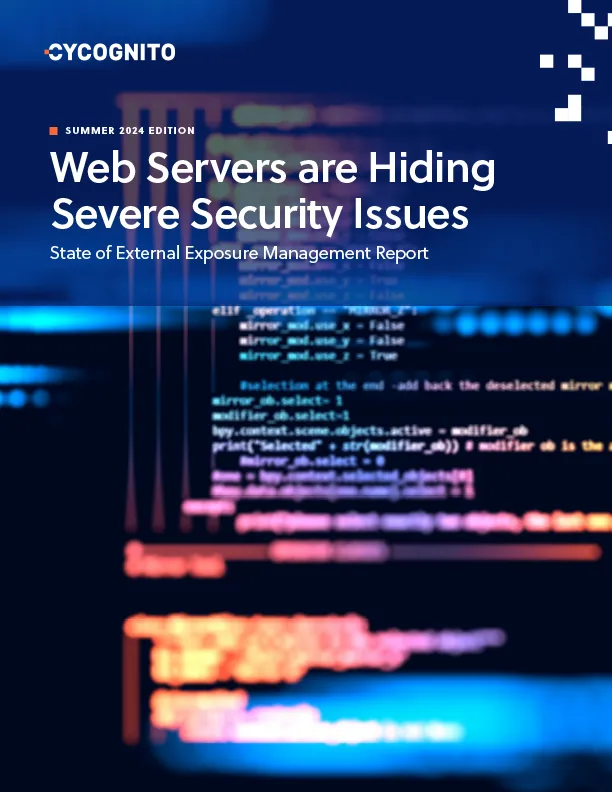A false negative occurs when a cyber threat or attack passes through scanning and protection software undetected.
There are a number of reasons a false negative happens: the attack is dormant, it is a highly sophisticated file-less threat or one capable of lateral movement, or the security infrastructure lacks the technological capabilities to detect the attack.
False negatives are serious security threats capable of evading technologies like next-gen firewalls, antivirus software, and EDR platforms looking for “known” attacks, and malware.
False negatives can also occur easily in attack surface management when assets that should be tested are not found in or are incorrectly excluded from the attack surface.
Join Meir Asiskovich, VP of Product at CyCognito, as he demonstrates how your Security team can build a more streamlined and focused attack surface visibility program that eliminates this noise, prioritizing risks based on their business impact, discoverability, and exploitability intelligence.
Use Cases
Manage Your Attack Surface
CyCognito uniquely reveals unknown and unmanaged assets associated with your organization, including assets in cloud, partner, and subsidiary environments.
Platform > Features
Prioritization
Eliminate alert fatigue and focus on the top 1% most critical issues in your attack surface through intelligent, automated risk prioritization.





 Webinars
Webinars